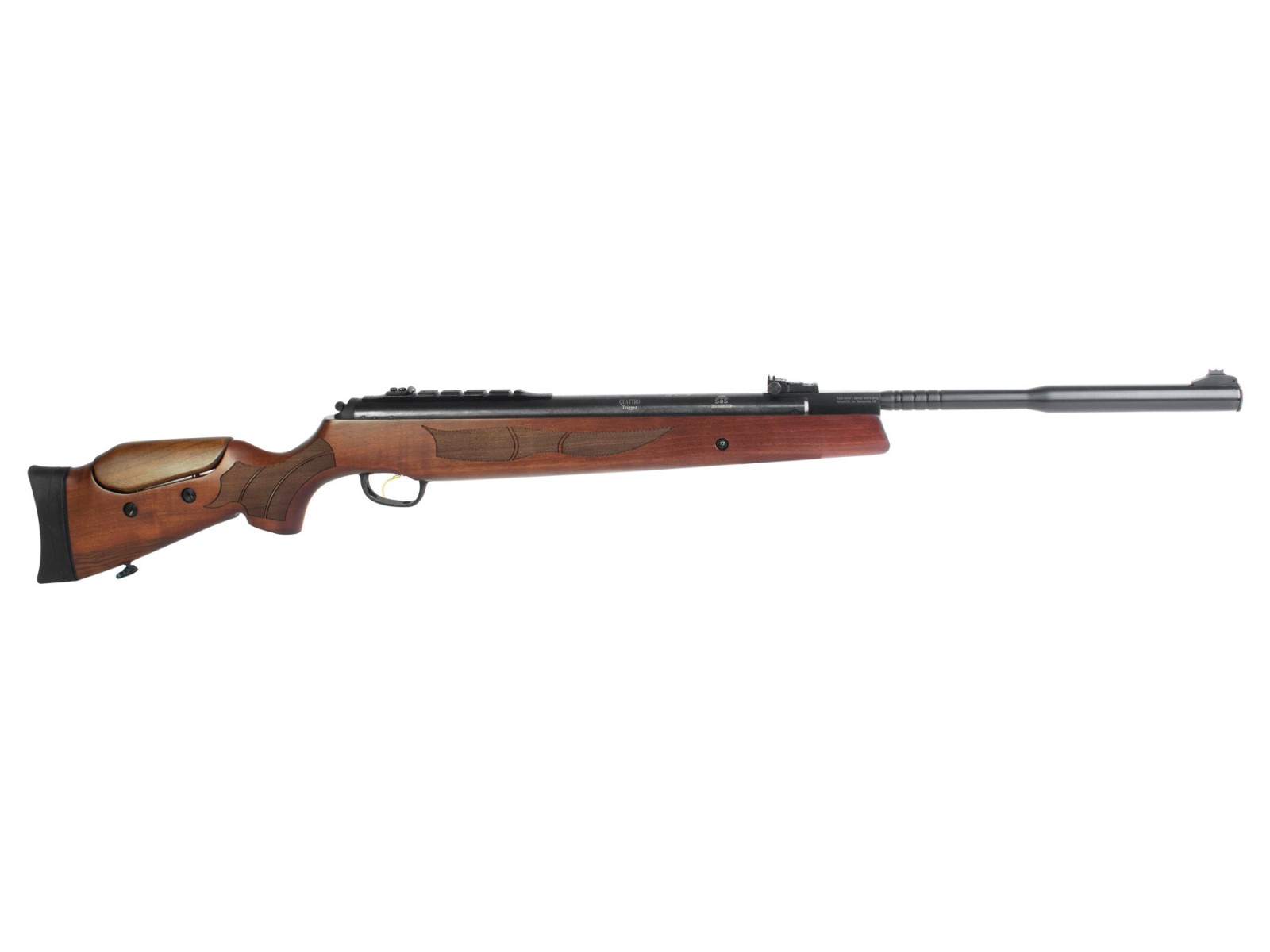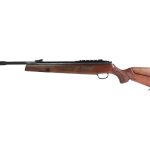For years, spring airguns have offered the best price to performance of just about any airgun you can buy. Even with low-cost PCPs entering the market, by the time you add a fill solution for HPA, Spring Airguns still come out on top. But what about gas-piston airguns? Well, before we dive in, let’s address the fact that gas-piston airguns are still “spring” guns. They operate using an “air spring” instead of a traditional coiled metal spring. Both power plants have advantages and disadvantages, all of which come down to how the manufacturers execute each solution. Still, for the sake of this article, we’ll look at some of the things that make gas-piston Rifles better than their old-fashioned, metal spring cousins. Let’s get started.
What They Have in Common
Spring airguns all have some basic core components. There’s a compression chamber that holds the piston topped with a piston seal which is then connected to a “spring.” When you cock a spring gun, a lever compresses the spring with the piston until it engages the seer. Then, when you pull the trigger, all of that energy is released, driving the piston down the compression chamber until it slams into the end of the chamber. The seal it creates forces all the air stored in the compression chamber out of the barrel. This is essentially how all spring airguns operate.
All of this happens very quickly, with forces going in many different directions. These forces are what make spring airguns challenging to shoot with repeatable accuracy. It’s here we see our first significant advantage for gas-piston air rifles.
No Twist Please
With a traditional metal spring, you will have at least three reactions to address. The first is the recoil into the shooter’s shoulder. This is like traditional recoil, and it’s very predictable. The second is when the piston slams into the front of the compression chamber, which causes the gun to jump forward. This “reverse recoil” breaks scopes and gives novice shooters such a hard time. The third and often overlooked movement is the twisting or uncoiling of the metal spring as it releases. This will cause the gun to rotate between the first and second recoil events. Because gas-pistons don’t have coils, they remove the potential rotation effect. While it may sound minor, it’s more critical than you may think. Shooters report, nearly unanimously, that gas-piston airguns have a less impactful recoil and are thereby easier to shoot. It’s impossible for us to measure the actual effect objectively, but whether real or imagined, there’s a difference.
Less Buzz
The shooting experience of most spring airguns can be harsh. The more powerful the spring, the harsher the experience. Additionally, metal springs tend to introduce a harmonic “buzz” when fired. Not only can this be unpleasant to the ear, but it can also affect accuracy. Any unwanted vibration can cause changes in how the gun recoils, which in turn can change the position of the muzzle when the pellet leaves the barrel. In most cases, replacing a traditional metal spring can all but remove the typical break barrel buzz.
Cold Weather Operation
Another reported benefit of gas-pistons over metal springs is their ability to operate more effectively in cold weather. There are a couple of important points to this. As we mentioned above, metal springs can tend to buzz. It’s why products like “tune-in-a-tube” were created. Adding a thick grease to the spring will nearly completely tame this buzz and make the airgun far more enjoyable to shoot. But, when the grease gets really cold, say sub-freezing, it can thicken, reducing power. Because a gas-piston does not need grease to tame the buzz, it generally retains its power even in cold weather conditions.
Let’s Wrap It Up
We’ve talked about three of the most important benefits of gas-pistons over traditional metal springs. Are there times when metal springs are better? Well, that’s very subjective. It’s probably worth a discussion however, and maybe we can get to that in another article. It’s also important to note that, like metal springs, not all gas-pistons are created equal. The real benefit will come down to how well the manufacturer incorporates whatever technology they choose to drive their airguns.
If you are looking at all the options and have questions, don’t worry. We are here to help. Just give us a call and we’ll be more than happy to help you make the best choice between gas-piston and spring-piston based on your needs.

